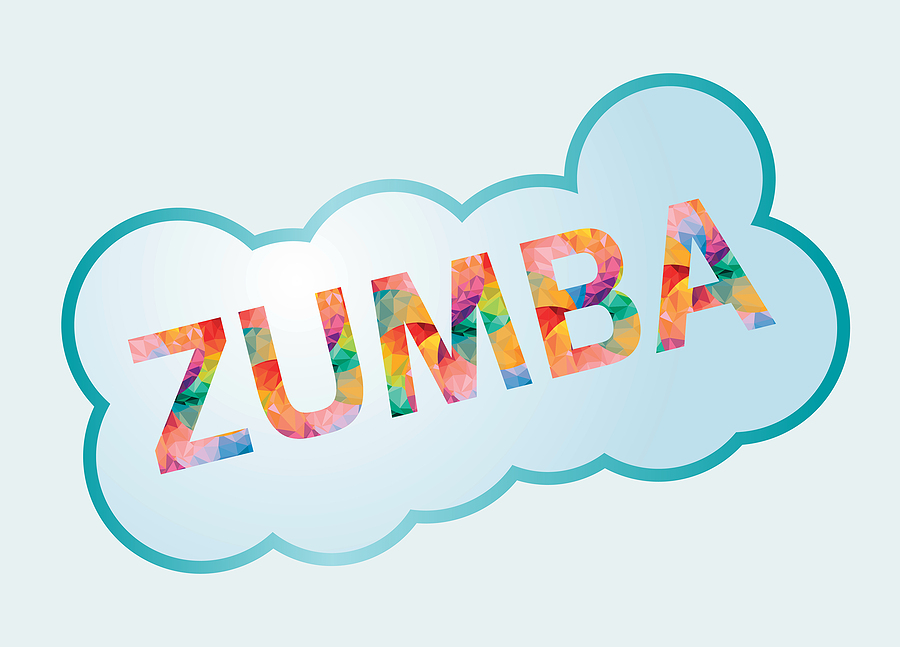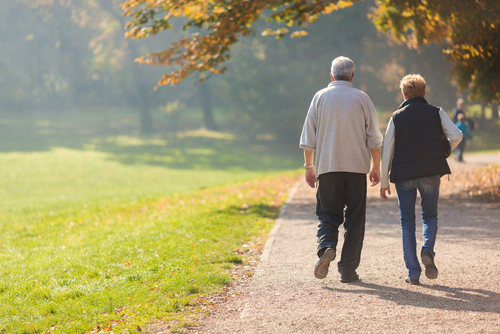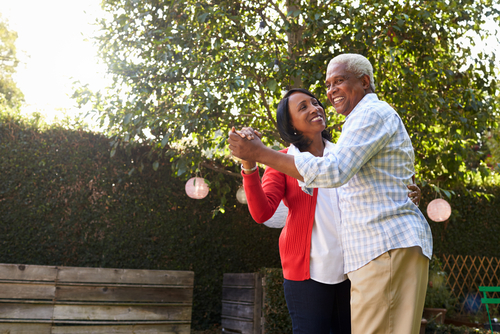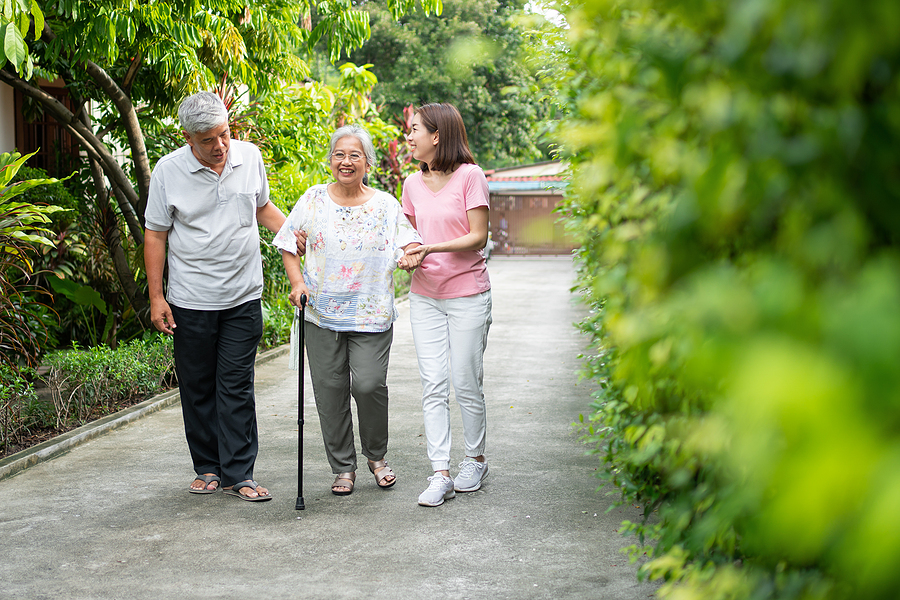Zumba for Seniors: Health Benefits of Dance
Category:

Exercising does not necessarily require heavy equipment or boring repetition. Believe it or not, you can actually have fun while breaking a sweat. If a senior is looking to improve their physical and mental health, Zumba can be the perfect answer. These low-impact workout routines feature Latin American-inspired dance styles that increase heart rate and overall strength.
First, let’s take a look at some of the benefits of beginning Zumba for seniors.
Benefits of Zumba for Seniors
Zumba dance for the elderly has numerous health benefits. Here are some reasons why a senior should engage with these low-impact exercises:
-
Mood elevation: Zumba boosts dopamine and serotonin in the brain to produce general happy feelings. Furthermore, laughter from self-deprecation during routines can also increase your mood.
-
Improves heart health: These exercises keep blood circulating through your body to increase heart rate and prevent cardiovascular diseases.
-
Easy on joints: These low-impact exercises do not require heavy equipment or strong physical strength to perform. Seniors only need to let loose and have fun.
-
Provides easy meditation: Since you’re always focused on your body’s movement, Zumba teaches you mindfulness without meditation.
-
Manages weight: A 30-minute Zumba exercise can burn 250-300 calories, decrease joint stress, and improve heart health.
-
Improves cognitive function: The footwork from Zumba challenges hand-eye coordination and right-left brain activity. Furthermore, performing familiar moves also increases neuromuscular memory.
-
Increases mobility: These exercises will improve your balance, coordination, and posture. Over time, Zumba can also decrease arthritis and sore joints.
-
Strengthens muscles: Zumba requires many muscles and can ultimately increase strength.
-
Provides routine: Having a fun routine can instantly increase mood and provide a regular daily structure for individuals who may not have regularly scheduled activities in their day.
Download The Senior Exercising Guide
Seated Zumba for Seniors
Zumba dance for seniors doesn’t necessarily have to involve elaborately choreographed dance routines. Zumba Gold modified some of these exercises for those who cannot tolerate the demands of rigorous physical activities. Here is a brief look at some of these seated exercises:
-
Knee extension: With your back straight, kick one leg out in front of you while contracting your thigh muscle. Then bring your foot back down to the floor and repeat with the opposite leg. Switch your legs in time with the music for a fun challenge.
-
L Tap: Sit on the edge of a chair with your knees bent at 90 degrees and feet flat on the floor. Move one foot forward and tap your toe. Move your foot back under you and tap again. Then, move your foot to the side away from your chair. Finally, move your foot to the starting position. Repeat with the opposite foot and repeat these steps in time with the music.
-
Overhead rainbow: Sit up straight at the edge of your chair. Hold one arm out to the side at shoulder level and put your opposite hand on your head. Alternate your arms between the two positions to the rhythm of the music.
-
Shoulder roll: Sit up straight with your hands on your thighs. Without moving your lower arms, roll one shoulder in a complete circle. Repeat with the opposite shoulder, and be sure to alternate to the rhythm of the music.
-
Stationary march: March your knees up and down to the beat of the song. As you do this, keep your elbows bent and swing your arms back and forth to mimic a running movement. Do not let your shoulders shrug or your back to round.
Subscribe
Date: February 4, 2021
Category:


